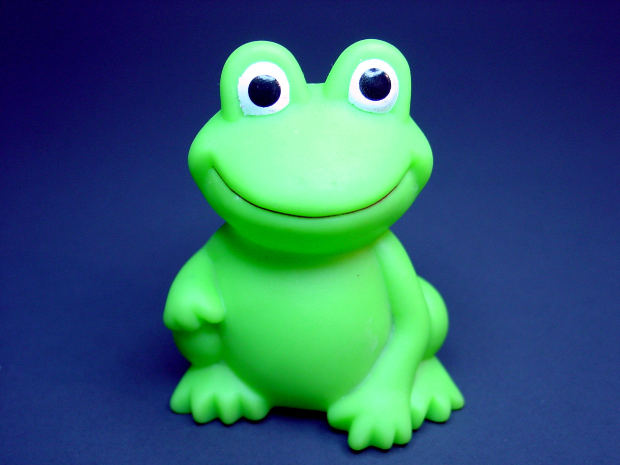Critical Analysis- The snake is generally seen in a negative way by man. Man is taught to be afraid of it, and to kill it if they encounter it at any point. However, Lawrence feels that this is a most unjust way to treat the snake. He attacks the snake because he does not know any other way to react to its presence. However, in the course of watching the snake at his water-trough, his own view of the snake has changed. Even though the snake is as fearful as the serpent Typhon, it has not harmed him in any way. In fact, it is a gentle and pensive creature. It has just got on with its own business of drinking and gone back peacefully. In the end, the poet is left only with regret – first at seeing it go, and then for having attacked it for no reason.
That is why Typhon has transformed into the blameless albatross by the last part of the poem. Coleridge’s ancient mariner had killed the albatross even though it had spelled no danger for him or his crew, and because of that, had been cursed to live out his days reciting the same story of his guilt over and over relentlessly as penance. Lawrence feels the same kind of remorse for having disturbed the snake and caused it to flee. He feels he must also recite his story to all of his readers and teach them from his own experience that all of god’s creatures are beautiful and that we humans must treat them all with respect. We are not superior to other species, but are in fact equal to them. So we must never kill or injure any animal, but must love them and cherish their presence on this earth.
Poetic Devices used in Snake by D.H.Lawrance
Rhyme scheme:
The poet does not follow any identifiable rhyme scheme in this poem.
Rhetorical devices:
Personification: This rhetorical device is used to bestow human qualities on something that is not human. In this poem, the poet uses the device of personification with respect to the snake.
Simile: This rhetorical device is used when an overt comparison is made between two different things. The poet uses the device of simile in the fifth stanza when he compares the snake drinking from his water-trough with cattle drinking from a pond or other water body, and also uses the word “as” while making this comparison. He again uses this device in the twelfth stanza when he compares the snake to a god, and the eighteenth stanza when he compares the snake to a king.
Anaphora: The device of anaphora consists in the repetition of one word or a set of words at the beginning of every line in a sequence of lines. The poet uses the device of anaphora in the ninth stanza when he begins every line of the stanza with the same words – “Was it…?”
Onomatopoeia: This rhetorical device is used when a word is used to describe a sound. The poet uses this device in the thirteenth stanza when he uses the word “clatter’ to describe the sound that is made when he throws a log against the side of the water-trough.
Central Idea of Snake by D.H.Lawrance
The poet comes across a snake drinking at his water-trough. Like a second-comer, he waits for it to finish drinking. While watching it, he realizes that it is a gentle and magnificent creature. Even though he has learned to fear and kill snakes, he does not do so. When the snake is preparing to leave, he becomes sad and tries to stop it by hitting it with a log. But this only makes the snake leave faster. In the end, the poet feels he has treated the snake very badly, and is filled with regret.
Tone of the Poem
The tone of this poem is quite ambiguous. This is because of the ambiguity in the poet’s attitude to the snake. At first, he is scared of the snake and hears voices in his head asking him to kill it. However, in time, he realizes that it is a beautiful and harmless creature, and feels honoured at its coming to his trough. However, towards the end of the poem, he is filled with regret and guilt for hitting the snake and making it crawl back to its crack in the wall.
Conclusion
Through this poem, Lawrence has successfully changed our impression of the snake from a negative one to a positive one. This is no easy feat in itself, but the fact that Lawrence has managed to do so through the brevity of a form like poetry is extraordinary. His use of myths and legends regarding the snake has also enriched the poem and taught us to respect all creatures of the earth equally.
Detailed Analysis: We have considered your feedback and did a detailed analysis of quite a few poems at Beamingnotes. Luckily, the poem you’re reading now, Snake does have a detailed analysis. This will let you understand the poem in great depth and help you score good! Here are the following links- For annotations: Meaning and annotations of the poem Snake ; For complete line by line Summary: Summary of the Snake; For detailed critical analysis: Critical Analysis of Snake and for suggested solved questions: Solved Question and Answers from Snake.
Keywords – snake poem line by line explanation (1.2), snake poem (3.1), snake by D.H. Lawrence (1.7), snake D.H. Lawrence (2.3), the snake poem (4.0), snake line by line explanation (2.9), the snake emily dickinson (1.3), the snake emily dickinson (2.4), snake class 10 line by line explanation (2.9), snake poem analysis (1.4), the snake poem line by line explanation (2.8), snake poem explanation (1.9), snake by D.H. Lawrence analysis (1.1), snake poem critical analysis (2.7), poem snake class 10 (3.5), the snake dh lawrence (3.4)
Some online learning platforms provide certifications, while others are designed to simply grow your skills in your personal and professional life. Including Masterclass and Coursera, here are our recommendations for the best online learning platforms you can sign up for today.
The 7 Best Online Learning Platforms of 2022
- Best Overall: Coursera
- Best for Niche Topics: Udemy
- Best for Creative Fields: Skillshare
- Best for Celebrity Lessons: MasterClass
- Best for STEM: EdX
- Best for Career Building: Udacity
- Best for Data Learning: Pluralsight

















God you’r’r’e’ stupid